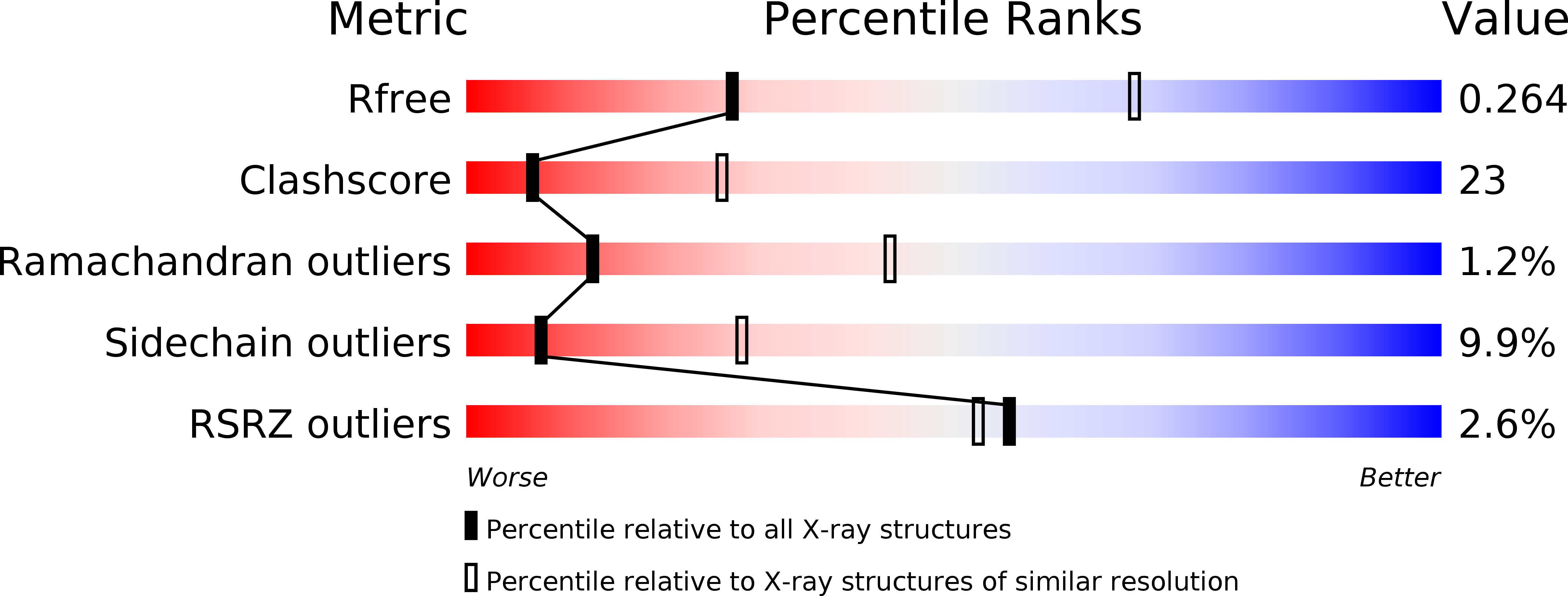
Deposition Date
2009-04-21
Release Date
2010-04-28
Last Version Date
2024-11-27
Entry Detail
PDB ID:
3H5C
Keywords:
Title:
X-Ray Structure of Protein Z-Protein Z Inhibitor Complex
Biological Source:
Source Organism:
Homo sapiens (Taxon ID: 9606)
Host Organism:
Method Details:
Experimental Method:
Resolution:
3.26 Å
R-Value Free:
0.26
R-Value Work:
0.20
R-Value Observed:
0.20
Space Group:
P 65 2 2


